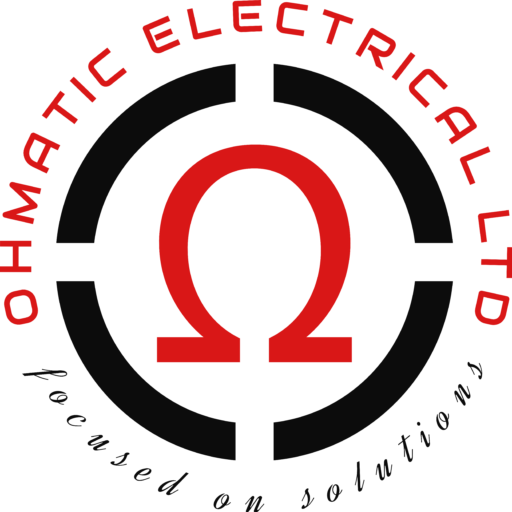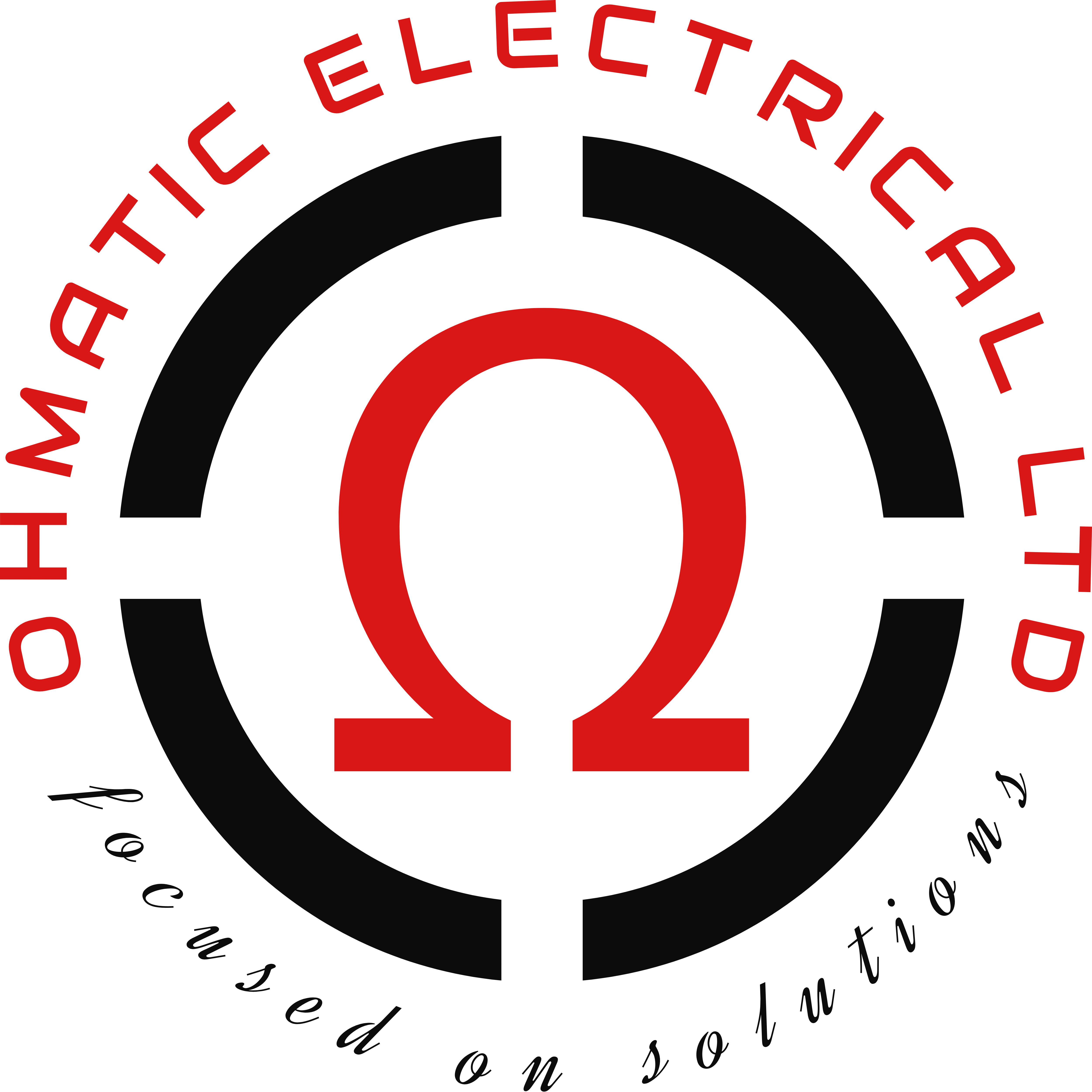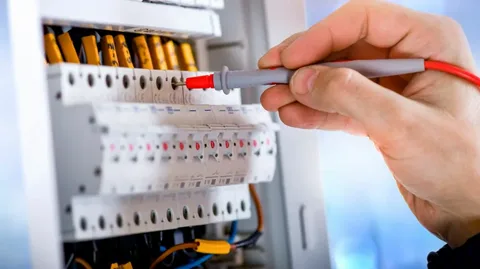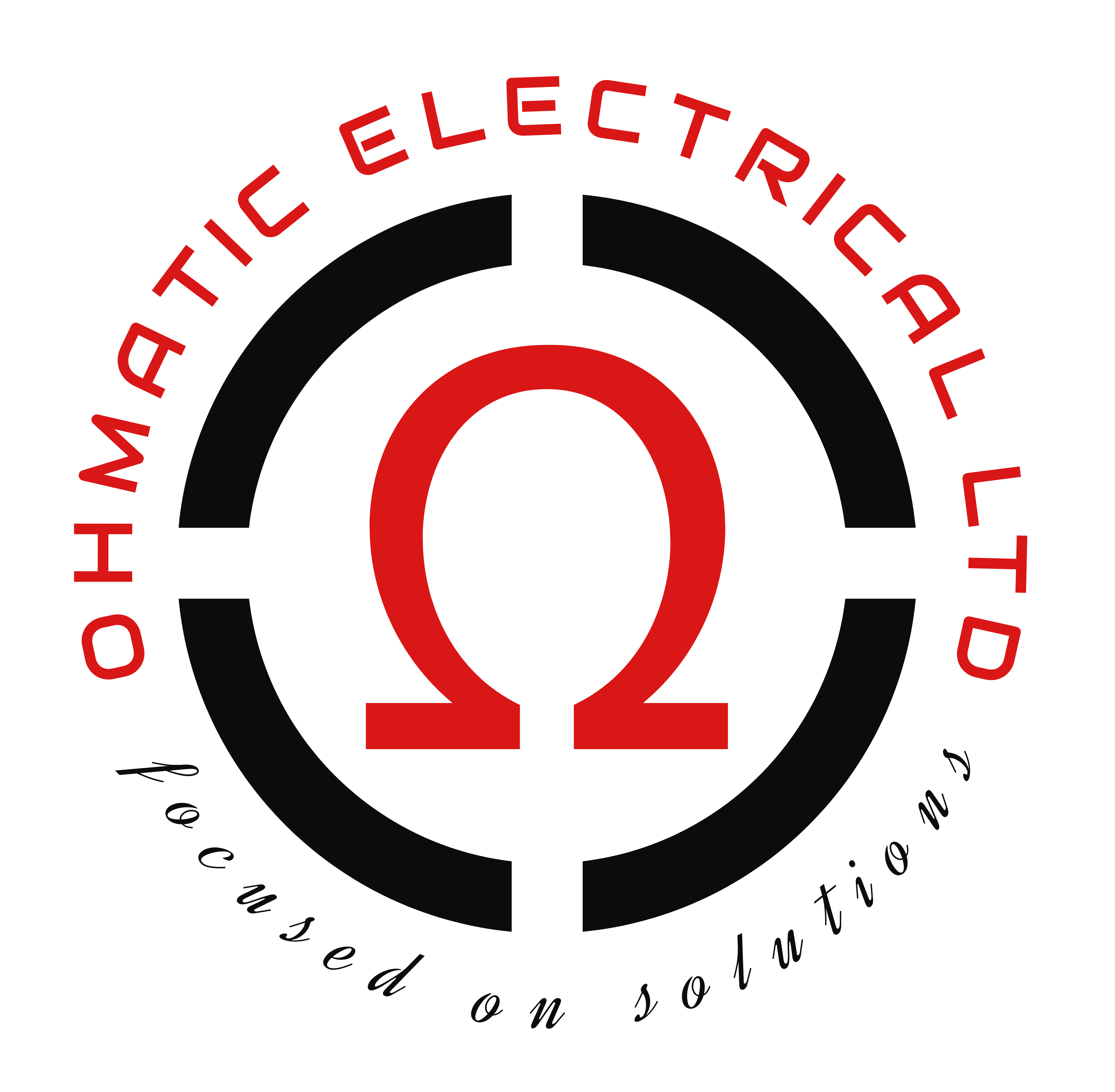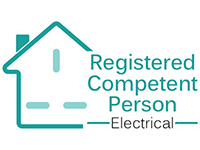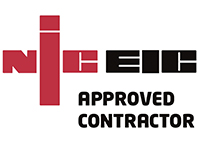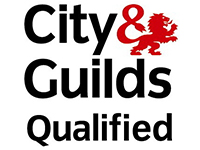Electrical safety is a priority when it comes to homes and buildings. Whether you’re a homeowner, a landlord, or a prospective property buyer, understanding the condition of your property’s electrical installation is of the utmost importance. You can assess the condition of electrical equipment with the help of an Electrical Installation Condition Report (EICR). This blog will explain an EICR, its purpose, and why it benefits property owners and tenants.
What is an EICR?
An EICR (Electrical Installation Condition Report) involves a comprehensive inspection of the safety and functionality of a property’s electrical system. It evaluates whether the electrical installation meets current safety standards and identifies potential risks, defects, or areas needing improvement.
The report is conducted by a qualified electrician or approved contractor who carefully inspects and tests various electrical system components, such as wiring, sockets, switches, and the fuse box. After the inspection, the electrician compiles a report highlighting the findings, which may include recommendations for repairs or upgrades.
Purpose of an EICR
The primary aim of an EICR is to ensure:
- The electrical installations are safe to use.
- The identification and quick resolution of potential hazards.
- The system complies with current safety protocols and guidelines.
In the UK, obtaining an EICR is a legal obligation for landlords to ensure tenant’s safety. For homeowners, it’s an important document to maintain electrical safety and prevent potential issues.
What Does an EICR Include?
An EICR provides a thorough evaluation of the property’s electrical system and includes:
- Visual Inspection: The electrician examines the electrical installation for visible signs of damage or deterioration, such as cracked outlets, exposed wires, or damaged insulation.
- Classification of defects: Classifies the defects based on the severity of the risk and further damage.
- Testing: This involves inspecting the wiring, circuits, and components for ensuring they function optimally and safely. Common tests include earth fault loop impedance testing and polarity testing.
- Observations and Recommendations: The report categorises issues based on their severity:
- Code C1: Danger present, requiring immediate action.
- Code C2: Potential danger, needing urgent attention.
- Code C3: Improvement recommended.
Report of Findings: The report includes the details of limitations and damaged, deteriorated, and defective electrical installations that may give rise to danger.
Why is an EICR Important?
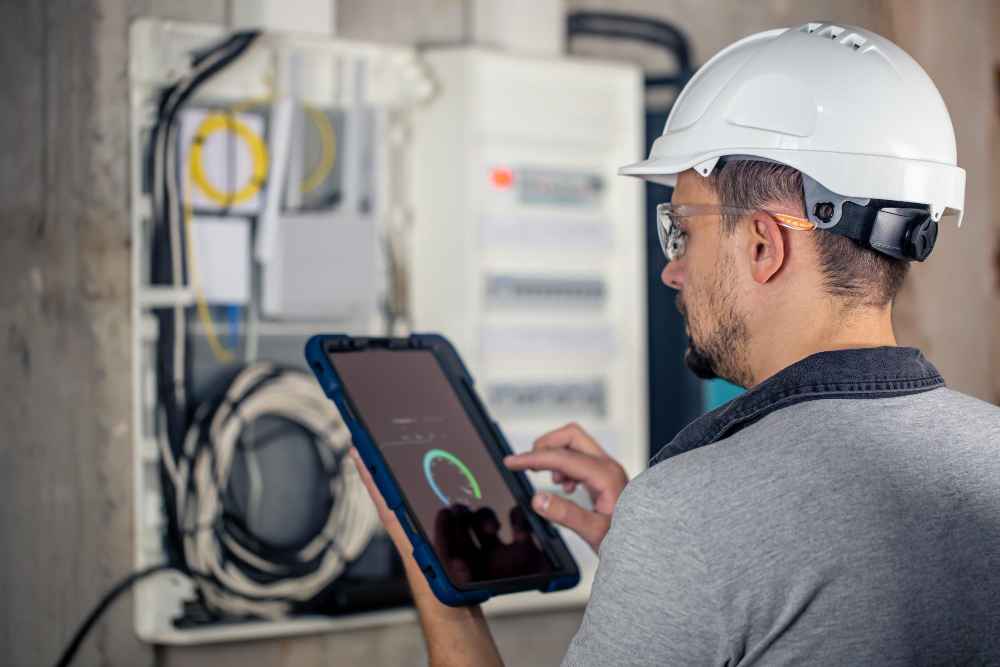
The EICR is more than just a safety check; it protects lives and properties. Here are some reasons why it’s important:
Ensures Safety
An EICR identifies potential electrical hazards, such as faulty wiring or overloaded circuits that can lead to fires or electric shocks. Addressing these issues can prevent accidents and ensure the safety of occupants.
Compliance with Legal Requirements
In the UK, landlords are legally obligated to get an EICR every five years or when there is a change of tenancy. It ensures that rented properties comply with electrical safety standards.
Protects Property Value
Whether selling or renting out a property, an EICR demonstrates that the electrical system is in good condition. It can increase buyer confidence and protect your property’s market value.
Reduces Insurance Risks
Some home insurance providers may require an EICR before offering coverage. Having an up-to-date EICR can also strengthen your claim in case of electrical-related incidents.
Benefits of an EICR
Now that we understand its importance, let’s explore the key benefits of obtaining an EICR:
- Helps Property Buyers Make Informed Decisions: If you’re purchasing a property, an EICR can give you a clear picture of its electrical condition. It is particularly useful when buying older homes, where the wiring and installations may not meet modern standards.
- Renegotiation Opportunity: If the report indicates serious problems, you can negotiate with the seller for lowering the price of property or request repairs before finalising the deal.
- Avoid Costly Surprises: Identifying electrical faults early can save you from unexpected repair costs after purchase.
- Facilitates Mortgage and Insurance Approvals: Mortgage lenders and insurance companies often require proof that the electrical system is safe and up to date. An EICR simplifies this process and ensures that your property meets their needs.
- Ensures Tenant’s Safety: For landlords, an EICR is not just a legal obligation. It’s a moral responsibility. It ensures tenants are safe from electrical hazards, fostering trust and goodwill. Houses in Multiple Occupations (HMOs) must have inspections every five years for ensuring compliance. Landlords must ensure any appliances provided, such as washing machines or fridges, are safe to use and carry the CE marking.
- Prevents Electrical Failures: Regular inspections help in detection of small issues before they turn into major problems. For instance, loose connections or outdated wiring can be identified and fixed, preventing power outages or dangerous situations.
- Energy Efficiency: An EICR can identify outdated or inefficient components in your electrical system. Upgrading these can reduce energy consumption and lower electricity bills, contributing to environmental sustainability.
Who Needs an EICR?
While landlords are legally obligated to get an EICR, other property owners can benefit. Here’s who should consider an EICR:
- Homeowners: Especially those living in older properties or planning renovations.
- Buyers and Sellers: To ensure transparency and avoid disputes during property transactions.
- Landlords: As a legal requirement and a way to maintain tenant’s safety.
- Businesses: To comply with workplace safety regulations and protect employees.
How Often Should You Get an EICR?
The frequency of obtaining an EICR depends on the type of property:
- Domestic Properties: These properties require EICR to be done every 10 years (for homeowners) or when moving into a new property.
- Rented Properties: Every 5 years or before a new tenant moves in.
- Commercial Properties: Depending on the nature of the business, inspections may be required every 3-5 years.
Cost of an EICR
The cost of an EICR varies based on factors like property’s size, location, and the complexity of the electrical installation. On average, it ranges from £150 to £300 for a typical domestic property. While this might seem like an expense, it’s a worthwhile investment that ensures safety, prevents costly repairs, and meets legal requirements.
Conclusion
An EICR is more than just a safety certificate; it’s a valuable document protecting lives, properties, and investments. Whether you’re a homeowner, a landlord, or a buyer, an EICR provides peace of mind by ensuring that your electrical installation is safe and up-to-date. By addressing potential risks early, complying with legal requirements, and maintaining safety standards, you can save money, avoid legal complications, and ensure a secure environment for your family or tenants. If you haven’t already scheduled an EICR for your property, now is the time. Hire a qualified electrician and make electrical safety a priority!
